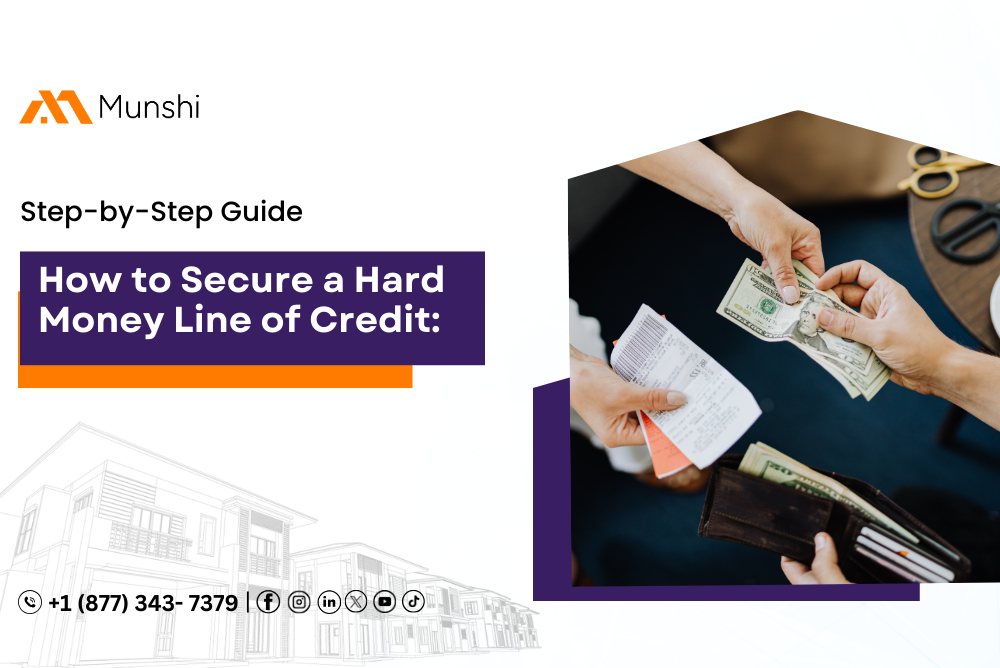Buying a house or investment property in today’s real estate market requires careful consideration of various financing options. The jumbo loan has found itself in the limelight more than any other sort of mortgage recently.
The Federal Housing Finance Agency (FHFA) has increased the maximum credit amount for conventional mortgages this year. The maximum value of a conforming loan has increased, with the new national maximum set at $750,000; however, in some high-cost regions, the restriction is substantially higher. This effectively changed the base level of jumbo loan limitations, and it may prompt some lenders to raise their maximum jumbo loan amounts. This affects the market for real estate and the mortgage industry as a whole.
If you’re in the real estate market, you must realize the significance of keeping abreast of the ever-evolving mortgage market. This article will investigate the recent developments in the jumbo loan marketplace, analyze the factors that have prompted these movements, and offer helpful guidance for navigating the current mortgage environment.
Jumbo Loans: Making Sense of a Changing Market
To put it simply, jumbo loans are mortgages that are larger than the restrictions established by government-sponsored enterprises like Fannie Mae and Freddie Mac.
Historically, these loans have been the go-to for wealthy homeowners trying to finance the purchase of luxury residences that may not qualify for more conventional mortgages. The possibility to negotiate a lower interest rate is a major s/elling point of jumbo loans, making them a good choice for borrowers with large financial resources.
However, the picture of jumbo loans, for both first-time and repeat purchasers, changes as the real estate and financial markets develop.
How does it matter to first-time buyers?
It is crucial for those unfamiliar with jumbo loans to understand that the size of the mortgage is what sets them apart. A jumbo loan is more than the conforming lending ceiling for your location. It is important to verify the precise regulations in your area, as they may change from place to place.
Luxury residences, rental properties, and properties in high-cost areas that exceed the boundaries of conventional mortgages are common uses for jumbo loans.
Seasoned buyers
Those who are acquainted with jumbo loans may have noticed a change in the way banks and borrowers think about them recently. The Federal Reserve’s interest rate choices have posed new difficulties for banks, prompting them to reevaluate their lending policies. This means that jumbo loan rates are responding differently than normal mortgage rates, which impacts both affordability and accessibility.
If you want to buy a home that costs more than $250,000, you must know some basic facts about jumbo loans. Whether you’re a first-time buyer or an experienced investor, knowing the ins and outs of the jumbo loan market’s unique features and adjustments will equip you to make educated financial decisions.
What’s Causing the Change in Jumbo Loans?
It’s natural to have questions after witnessing the recent changes in the jumbo loan market: why are things changing, and what’s generating this development in high-value mortgages? There are a number of important elements that have contributed to these shifts, and knowing them might give you an advantage in the approval process.
- Interest Rate Increases by the Federal Reserve: The Federal Reserve’s decision to raise interest rates is a major factor in the current state of the jumbo loan market. The Fed is using rate rises as part of a larger strategy to control inflation and safeguard the economy. But, these rate increases have repercussions in the mortgage market for both jumbo and traditional loans. Historically preferred because of their lower rates, jumbo loans are becoming less affordable and tempting as rates increase.
- Economic challenges for wealthy buyers: Customers who typically apply for jumbo loans now have special money problems. Unpredictable reliance on unemployment insurance and benefits and slower pay growth amongst high-income households have generated new economic risks. The need to reevaluate one’s financial choices has arisen as a direct result of these difficulties.
- Banking industry response: The banking industry has responded by keeping busy despite the shifts. Once eager to offer jumbo mortgages due to their low risk profile, the banking sector is now more cautious.
As a result of recent bank failures, banks are reevaluating their lending methods to account for the effects of the rising interest rate environment. Banks have changed their approach to jumbo loans due to the psychological impact of these failures. - Regulatory changes: U.S. authorities have proposed new regulations requiring banks to retain greater capital against particular mortgages, such as jumbo loans, than is now the case. The goal of these rules is to provide financial security by decreasing mortgage-related risks. However, they may affect the competitiveness and profitability of the jumbo loan market.
Any potential homeowner, investor, or borrower of a jumbo loan would do well to familiarize themselves with these fundamentals. To get the best mortgage in today’s dynamic real estate market, you need to be flexible and make well-informed decisions.
The Effect of Jumbo Loan Limits on the Housing Market
Changing the maximum loan amount for conforming mortgages can affect the minimum loan amount for jumbo loans, which might have an effect on the housing market. Conforming loans are typically easier to qualify for than jumbo loans. Potential homebuyers may be able to afford more houses on the market if they qualify for bigger conforming loans. This might boost sales of existing homes.
In spite of this, other forces are now shaping the real estate industry. Increasing interest rates are a major factor. Whenever the Federal Reserve raises interest rates, mortgage rates of all kinds tend to follow suit. That makes it much less affordable. This has led to a decrease in prospective homebuyers. As a result, some borrowers have to look at residences that cost less than they would if interest rates were lower.
To Conclude
The longer-term effect of greater maximums for conforming loans may increase demand for homes that previously fell just beyond the minimum requirements for jumbo loans. Therefore, even with increased interest rates, it may have a beneficial effect on that segment of the market, resulting in more buyers and sellers.
For additional information in the upcoming years, go to Munshi.Capital





